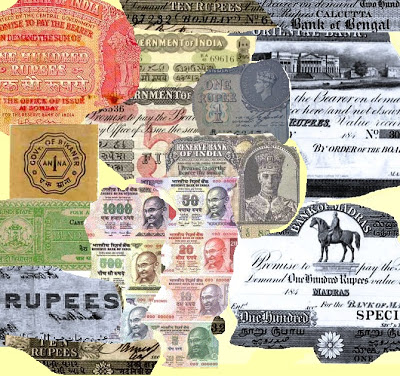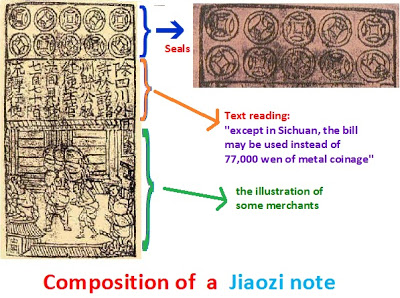
Origin and growth of Bank Notes and Currencies – 2
Origin and growth of
Bank Notes and Currencies – 2
(Written by N.R. Jayaraman)

A Banknote or Currency called as paper money is a type of negotiable instrument or a promissory note and the amount indicated on it payable to the bearer on demand. When banknotes were initially introduced, they were like instruments of promissory bonds assuring to pay the bearer in coins, and as the age passed, they gradually became a Paper Currency, a substitute for the coins.

When the limited exercise of issuing Paper Currency commenced by the group of merchants gained momentum in the trading community, in the year 1023 the Song Dynasty officially began printing and issuing Jiaozi Paper Money by officially setting up banks.
Jiaozi, a form of banknote that surfaced around 10th century in the Sichuan capital of Chengdu in China was viewed by the Numismatics as the first attempt in the history of Bank Notes and Currencies towards issuance of paper money.
Though the Jiaozi was issued during the Song Dynasty, later dynasties also adopted the use of paper currency, such as the Yuan, Ming, and Qing Dynasties, though they never officially replaced coinage. Subsequently each emperor had the practice of casting new currency to replace the old one, and some even had several different versions of currency issued during their own reign. Perhaps such development might have prompted the Mongol Empire Kublai Khan ( Also called Genghis Khan) of China to issue the first ever Paper Currency and made it mandatory to use them in replacement to the coins.
As I mentioned earlier, though the first known Bank note was developed in China during the Tang and Song dynasties during 7th century, in Europe the concept of Banknotes was first seeded into the minds of the European rulers during the 13th century by travelers like Marco Polo who had seen the Paper Currencies issued by the Mongol emperor in China.













Recent Comments